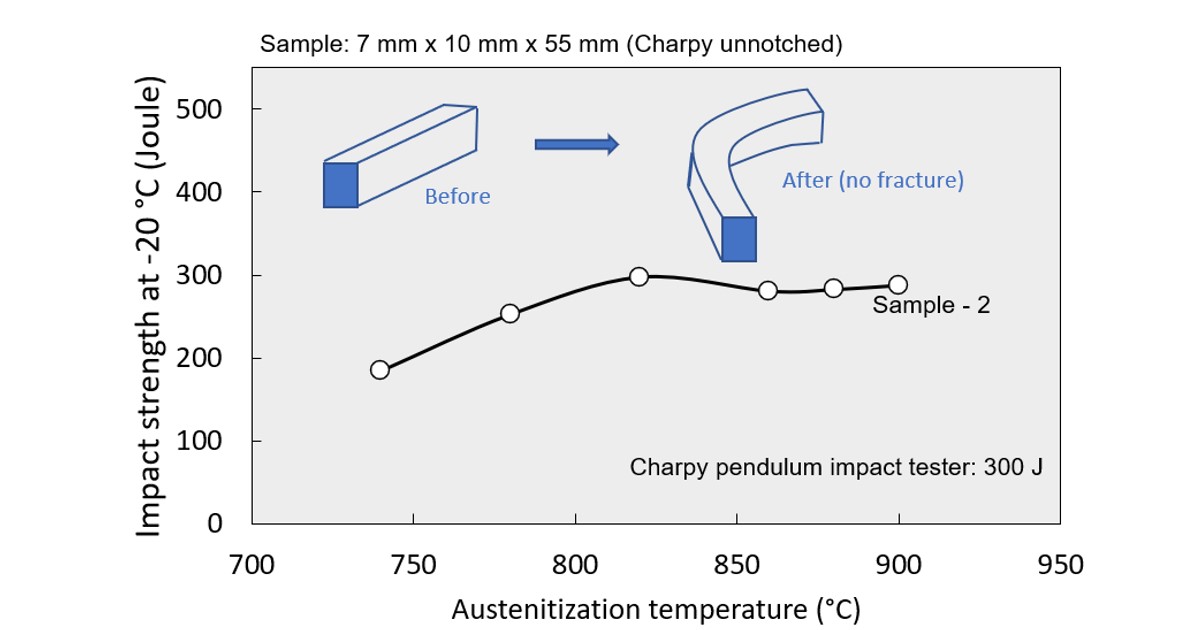Ductility, Formability and Microstructure of Alloys and Steels
A special issue of Materials (ISSN 1996-1944). This special issue belongs to the section "Metals and Alloys".
Deadline for manuscript submissions: 20 June 2024 | Viewed by 1443

Special Issue Editors
Interests: material thermodynamics; thermal analysis; hot rolling; HSLA; secondary metallurgy
Interests: steelmaking; metallurgy; processing; non-metallic inclusions; steel microstructure; alloys
Special Issues, Collections and Topics in MDPI journals
Special Issue Information
Dear Colleagues,
The continuous development of new products demands continuous improvements in steels and special alloys for target applications. Improving the mechanical properties and related functional properties are always a major focus in the field of metallurgy. Many factors affect the final properties and are considered in the entire production process from the chosen raw materials and alloy additions, scrap, the melting practice, melt-refining operations, casting control, plastic deformation for grain refining and texturing, and control over phase transformations during and after deformation (hot rolling, regular or precise hot forging, etc.) or implementing special thermo-mechanical treatments, high-deformation techniques, special off-line heat treatments, and others. An important functional property among many in the sheet, plate, wire, and beam production is formability, while ductility is the most important material property that can be measured on industrial or laboratory-prepared samples. The values are highly related to the surface (and sample) preparation, nominal and local compositions, surface quality, presence of internal defects, overall production history, strain state, and more. This Special Issue focuses on the Ductility, Formability and Microstructure of Alloys and Steels.
As ductility is an essential property for formability, it is measured using close to static (low strain rates) and dynamic methods (high strain rates) or using simplified observation experiments such as wedge tests and/or laboratory strip rolling at various working temperatures by observing the edge integrity or performing hot (Gleeble) compression tests, press bending, etc. Especially, free or roll bending is used as a typical manufacturing process for forming complex parts of more or less ductile metals and the forming behavior is often investigated (FLDs). However, not all thickness ranges of various sheets of steel or alloys are formed into a product by plastic deformation. Nevertheless, ductility still has an important role in the final integrity of products, due to the local plastic deformation/local formability present after intense arc welding, thermal cutting operations, heat treatments, and other operations.
In the case of powder metallurgy, the quality of the metal powder is important for certain characteristics such as roundness, circularity, oxygen covering, internal granulate defects, etc., affecting the final additively manufactured product under given or tested process parameters that are defined by the porosity percentage, microstructure formation, non-metallic inclusions formation concerning the ductility at room or elevated temperature, etc.
In the case of tool steels, the ability to undergo plastic deformation without cracking is important for a tool’s life expectancy. The steels are usually produced with a focus on cleanliness by using advanced melting processes. Therefore, ductility plays an important role as tools need the highest cleanliness and sufficient elemental (chemical) homogeneity for the heat treatment or chemo‒thermal response, microstructure evolution at different production steps, and for preventing premature failures such as for high-pressure die casting, extrusion, and press hardening or hot forming. Ductility also has high importance for shape castings as the material has no additional hot deformation treatments and ductility is related mainly to manufacturing melting practice, casting, chosen composition, etc.
Dr. Grega Klančnik
Dr. Jaka Burja
Guest Editors
Manuscript Submission Information
Manuscripts should be submitted online at www.mdpi.com by registering and logging in to this website. Once you are registered, click here to go to the submission form. Manuscripts can be submitted until the deadline. All submissions that pass pre-check are peer-reviewed. Accepted papers will be published continuously in the journal (as soon as accepted) and will be listed together on the special issue website. Research articles, review articles as well as short communications are invited. For planned papers, a title and short abstract (about 100 words) can be sent to the Editorial Office for announcement on this website.
Submitted manuscripts should not have been published previously, nor be under consideration for publication elsewhere (except conference proceedings papers). All manuscripts are thoroughly refereed through a single-blind peer-review process. A guide for authors and other relevant information for submission of manuscripts is available on the Instructions for Authors page. Materials is an international peer-reviewed open access semimonthly journal published by MDPI.
Please visit the Instructions for Authors page before submitting a manuscript. The Article Processing Charge (APC) for publication in this open access journal is 2600 CHF (Swiss Francs). Submitted papers should be well formatted and use good English. Authors may use MDPI's English editing service prior to publication or during author revisions.
Keywords
- ductility of materials
- formability
- non-metallic inclusions
- grain size evolution
- microstructure evolution
- steels
- alloys
- hot rolling
- casting
- work hardening







